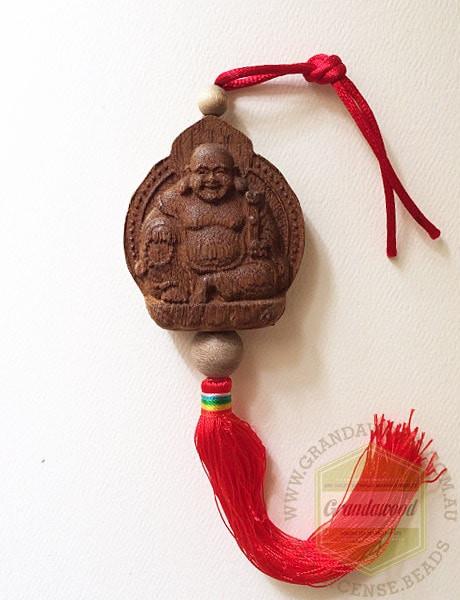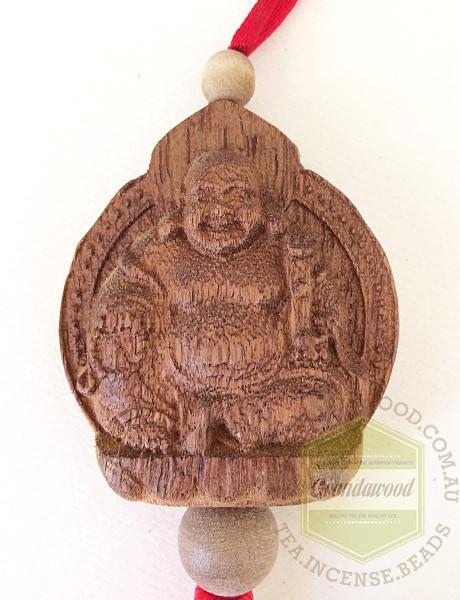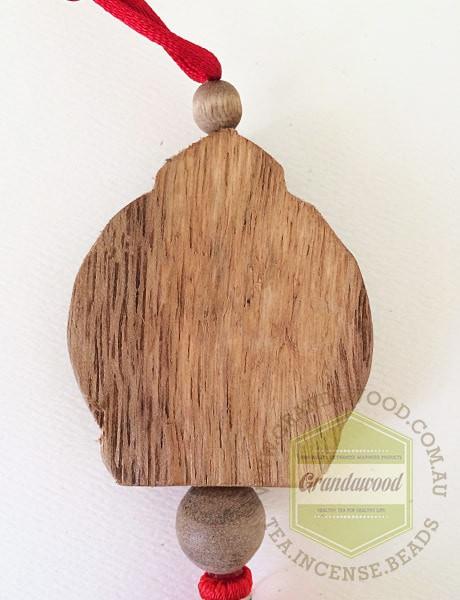


Mi Le Happy Buddha Car Decor
Maitreya Bodhisattva--Mi-le-fo
According to the temple guy
In the center, we come to another popular figure. You might be surprised to learn that the monk Maitreya, known as "the Happy Buddha" (or "Laughing Buddha"), is in fact not a Buddha at all, but a Bodhisattva. He was a companion of the Buddha, whom the Buddha designated as the next Buddha-but it hasn't happened yet.
The system is something like this: A Buddha comes and teaches. Then, over the years, his teachings degrade and finally disappear, like an echo. Then another Buddha appears, to restore the teaching. Succeeding Buddhas are always recognized by their predecessors. This is not a matter of "choosing" a Buddha; rather, the current Buddha recognizes the advanced cultivation in one of his followers, and validates his accession.
When he knew the Buddha, Maitreya was all skin and bones. How did he come to be portrayed as fat and jolly?
The answer lies in one of his Chinese incarnations. There was a historical monk who lived around the end of the Tang Dynasty-say in the late ninth or early tenth century. A scholar and a wanderer, he always carried with him a bag made of hemp, which earned him the nickname "Pu Tai," or Cloth Bag. Although homeless, and virtually without possessions, he was always cheerful. He begged, he taught, he predicted the weather and told fortunes. And he distributed goods freely from his sack, like a big Buddhist Santa Claus. Finally, when he died he left a verse, according to tradition. It read:



